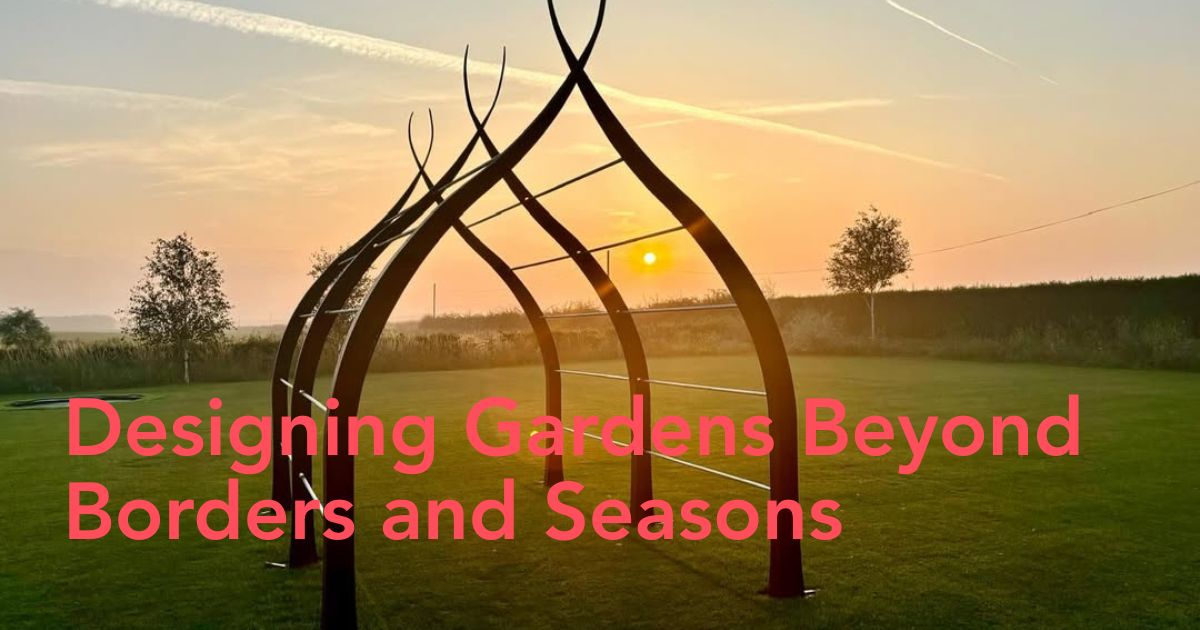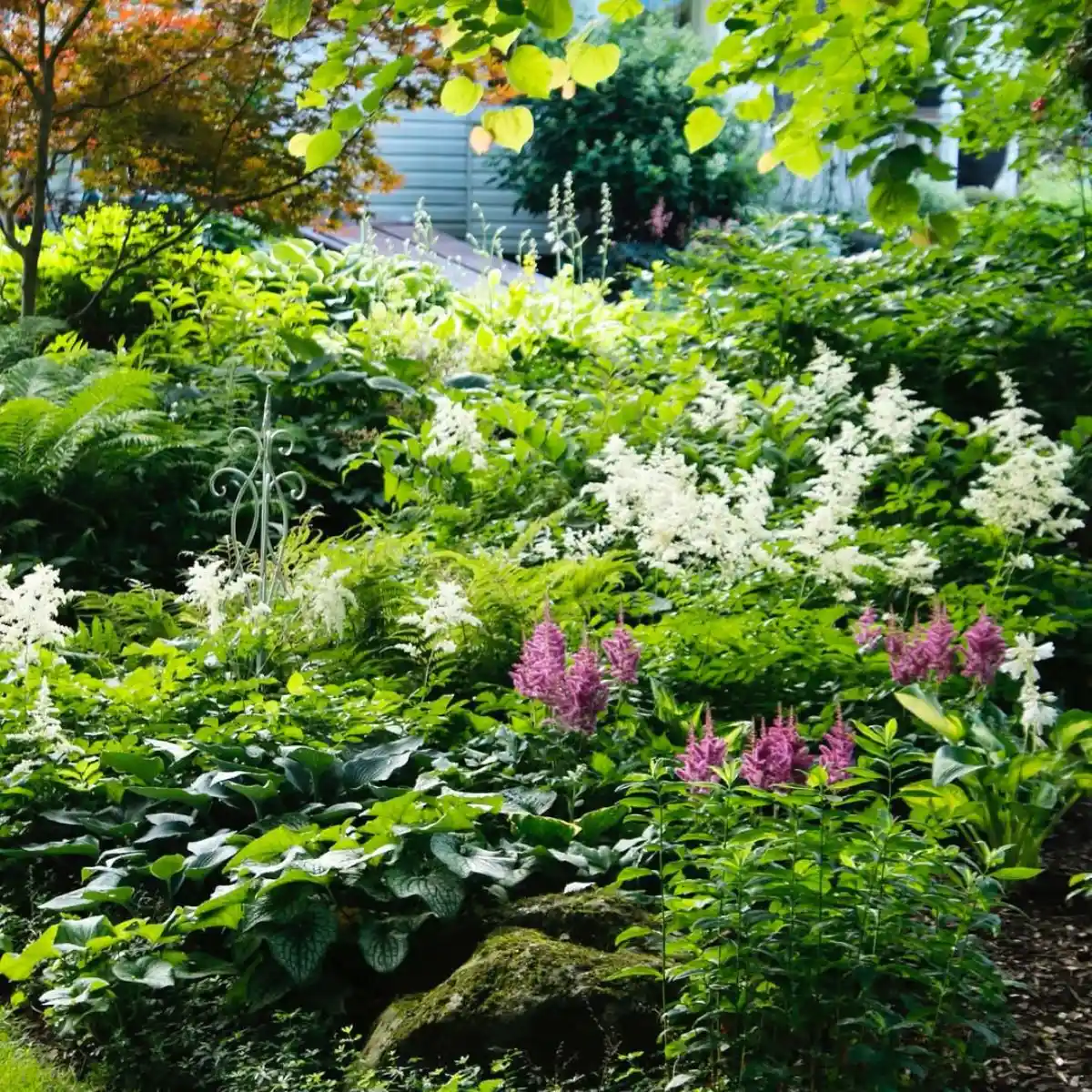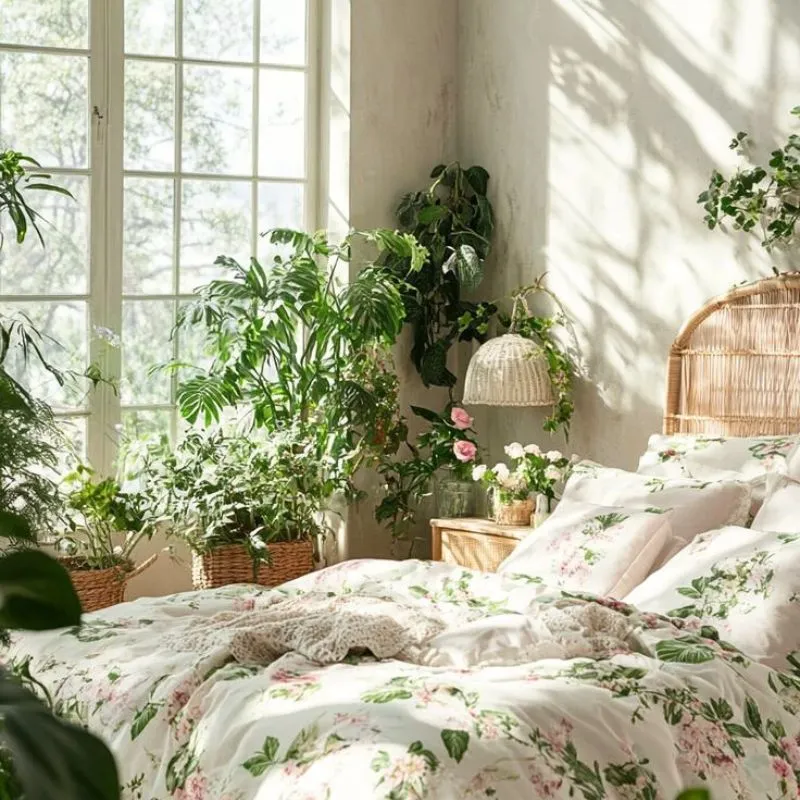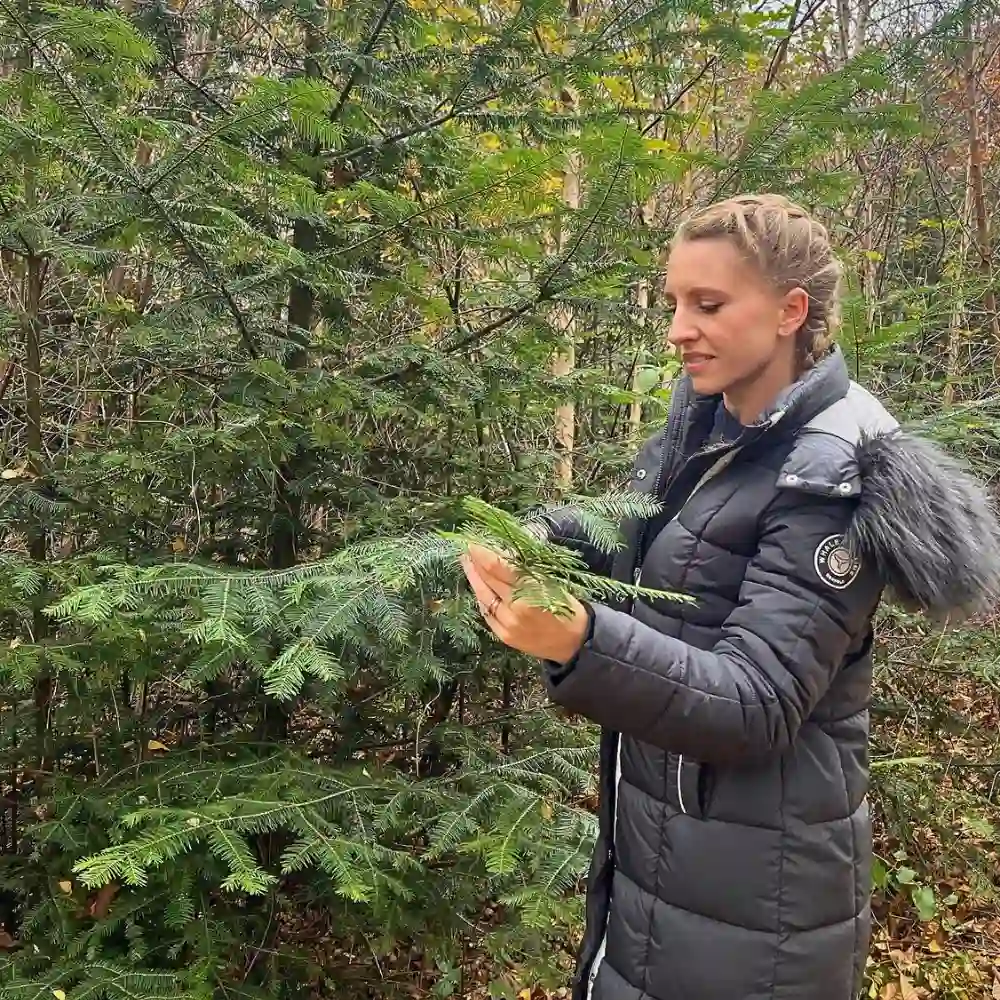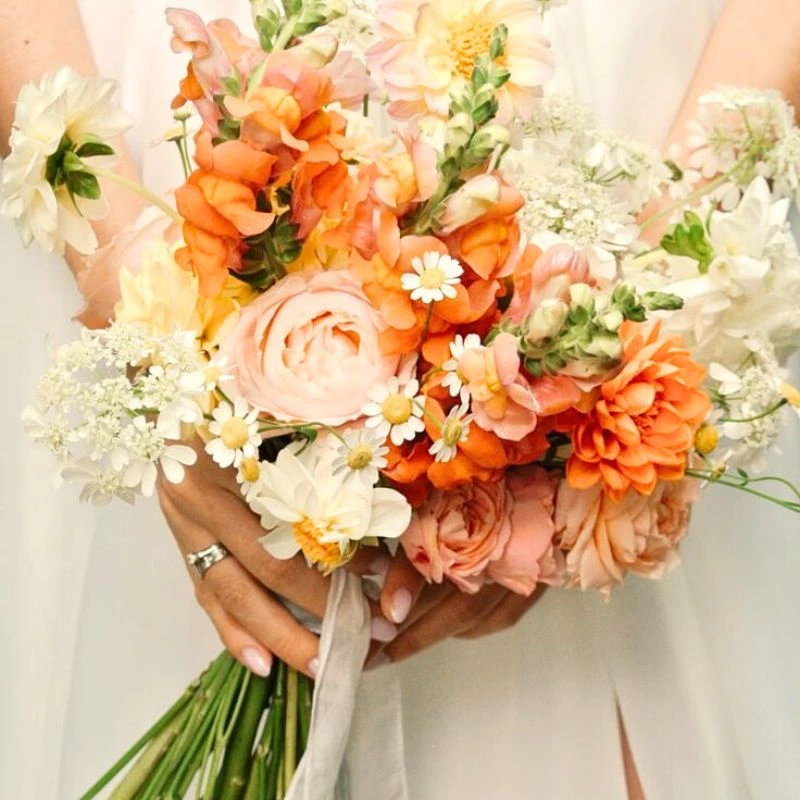The best gardens still begin with a walk around the yard. You notice the slant of light, the breeze that always turns up at dusk, the neighbor’s maple casting a shy shadow where you hoped for sun. Good design grows from that reality. Yet the modern designer’s sketchbook also holds distant climates, global plant palettes, and ideas traded across time zones in midnight webinars and early-morning forums.
Working this way is practical, not romantic. Seed lists, cultivar trials, supplier dashboards, and reference libraries are scattered across regions. When a design team needs to preview a U.S.-only plant catalog or watch a stateside nursery livestream, they gather what they can, note what’s missing, and plan smarter sourcing. Access doesn’t design the garden for you, but it widens your field of vision.
You can find more knowledge here: Embracing Imperfection With Wabi-Sabi in Garden Aesthetics
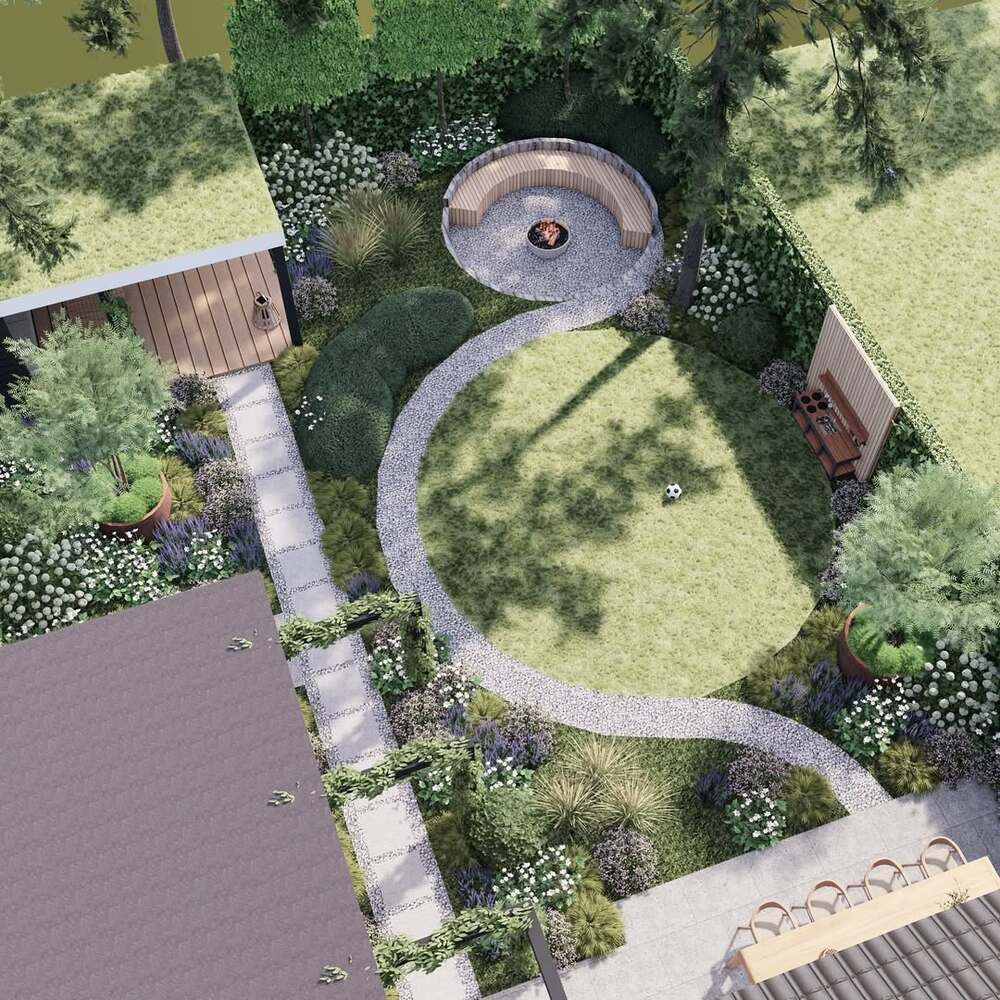
Roots in Place, Eyes on the World
Place remains the first constraint. Soil texture, water availability, microclimates, and local regulations determine what thrives. The global influence arrives in the vocabulary: gravel gardens inspired by dry European borders, rain harvesting swales refined on arid campuses, meadow layers adapted from prairie studies. Translation is the craft, taking an idea born elsewhere and bending it to local conditions without losing its spirit.
The Digital Toolkit Behind Living Art
Designers increasingly lean on lightweight modeling tools, plant databases, and community repositories to test concepts before the first shovel meets earth. You can compare root depths, bloom windows, and canopy spread to choreograph a year-round sequence that won’t collapse in midsummer.
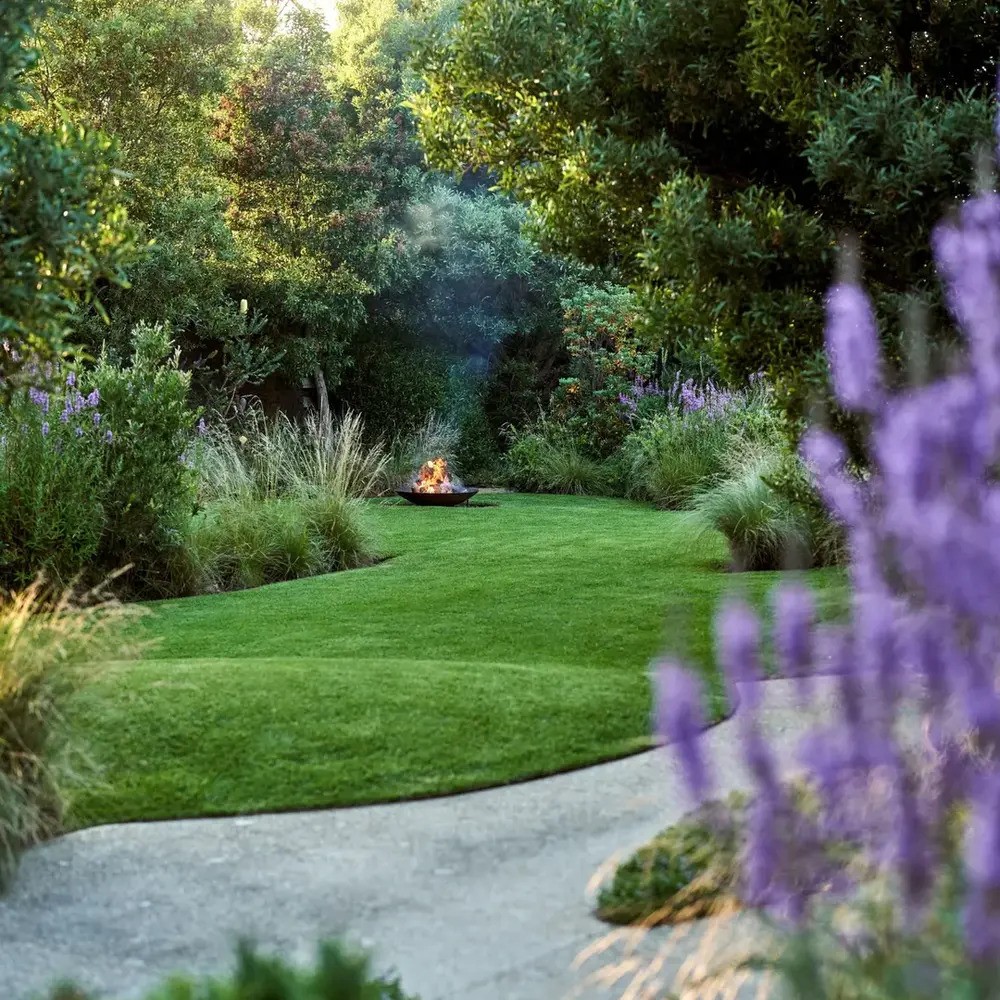
Sustainable Ideas Travel Faster Than Seeds
Sustainability is no longer a paragraph in the proposal; it’s the structure of the brief. Water budgets drive plant lists. Pollinator pathways dictate bloom succession. Reuse beats replacement, which is why designers now judge a material’s carbon story alongside its texture and tone. What spreads fastest across borders is not plants but methods: mulches that protect fungal networks, mowing regimes that foster ground nesting bees, and irrigation strategies that sip rather than gulp. The result is a style defined less by ornament and more by performance.

Designers Without Borders
Collaboration fuels this movement. A florist in Amsterdam co-teaches an online workshop with a horticulturist in Austin; a public space team in Nairobi swaps planting diagrams with peers in Madrid. These exchanges share the gritty details, nursery lead times, and maintenance realities, which perennials actually thread the needle between beauty and resilience. The more candid the conversation, the more durable the gardens that follow. Because some supplier portals, trial results, and livestreamed trade shows are restricted by region, teams sometimes connect through a VPN server in the U.S. to preview availability, pricing, and shipping terms that show only to U.S. viewers. It’s pragmatic due diligence before committing to a plant list. For deeper background that bridges research and practice, teams lean on field notes, nursery trial reports, and maintenance logs from prior projects, quiet evidence that keeps ideas honest.
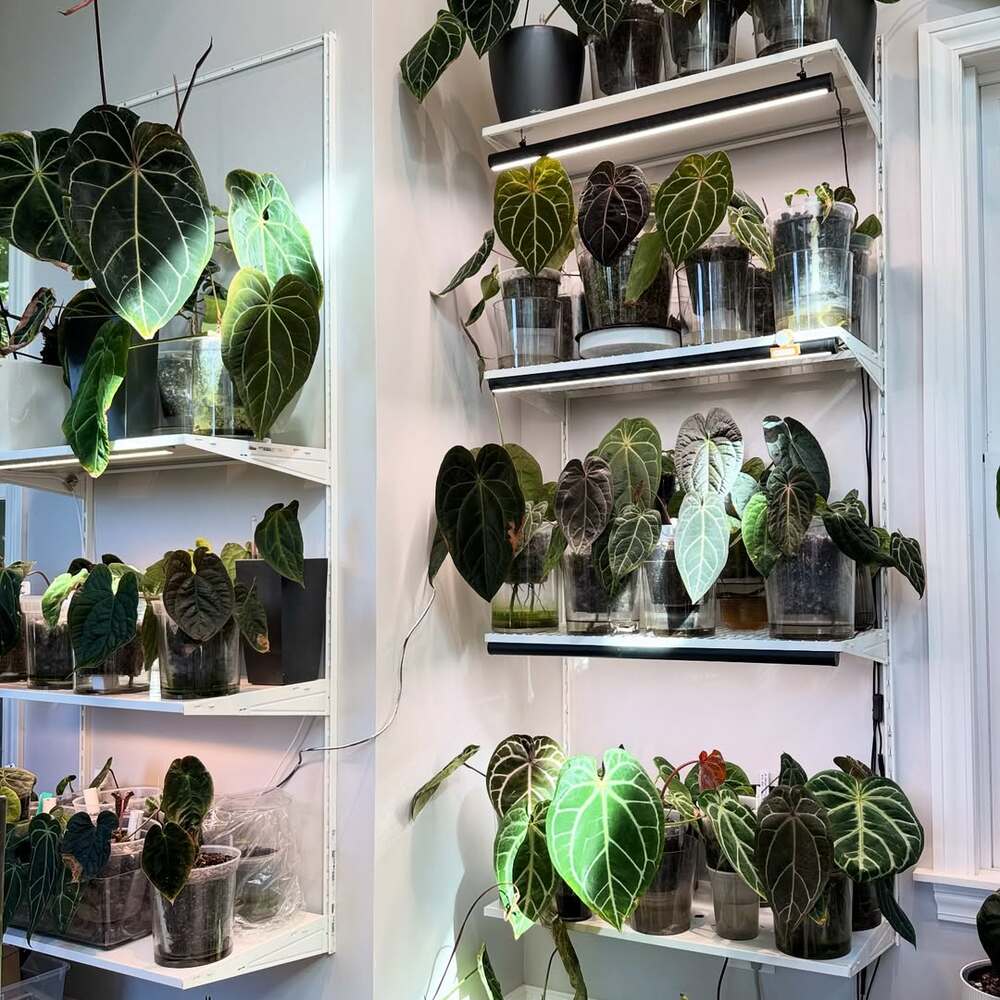
From Plan to Place
On install day, the romance vanishes and logistics take over. Pallets arrive, weather shifts, and a trench reveals stubborn clay where the survey promised loam. The successful projects are the ones that treat design as a living process: adjust the grade, switch the species, recalibrate the density, and keep the intent intact. A year later, the garden tells you whether your choices were honest, whether the paths invite, the canopy cools, and the habitat hums.
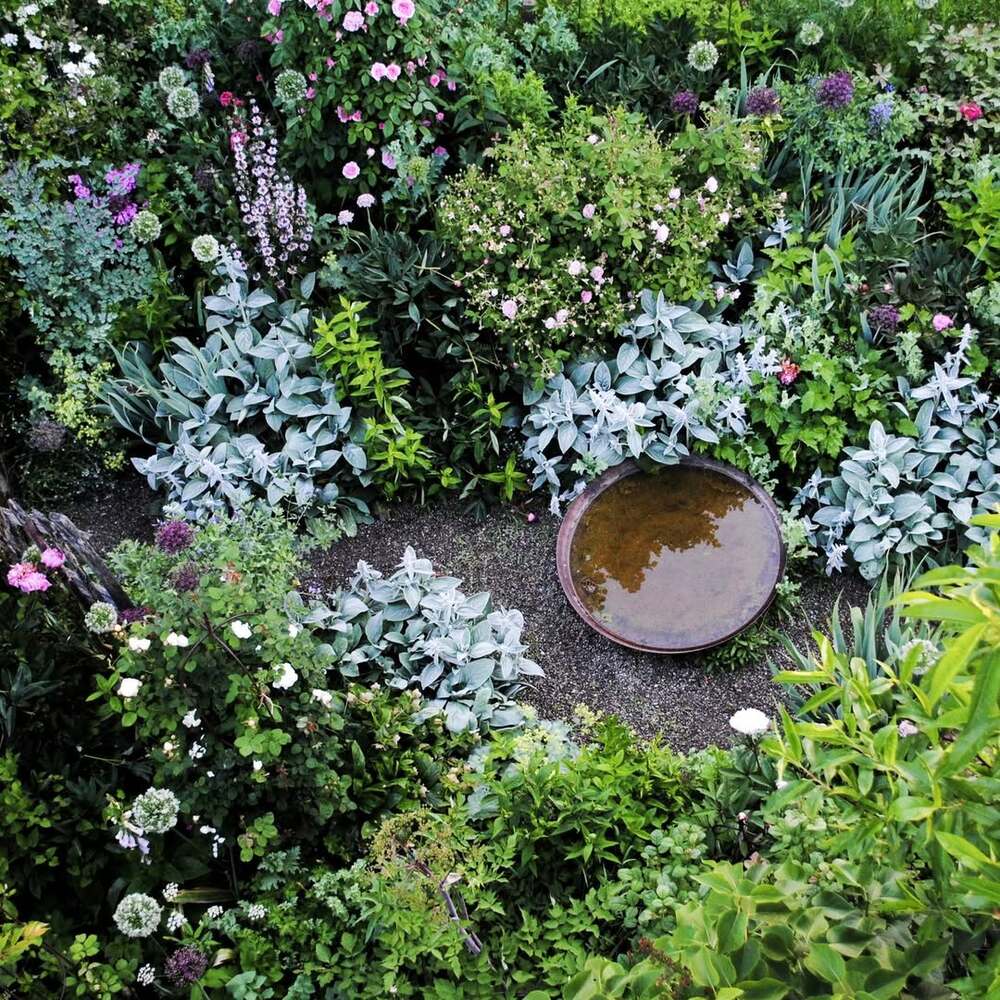
A New Age, Still Rooted
Global inspiration has never been easier to reach, yet the work remains gloriously local. The best contemporary gardens carry the world lightly: informed by distant lessons, tuned to the exact light on this stoop, this courtyard, this patch of imperfect ground. That blend, curiosity out there, care right here, is what gives the new age of garden design its quiet authority.

